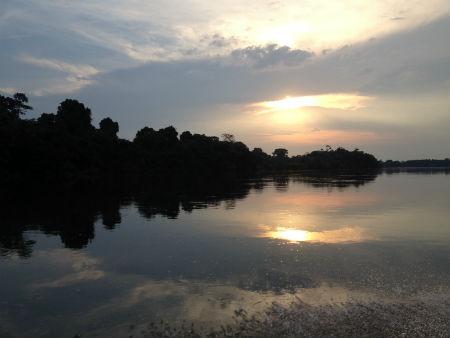By María José Veramendi Villa, senior attorney, AIDA, @MaJoVeramendi
When you start the descent by plane to the city of Altamira in Pará, Brazil, the darkness of the night is interrupted by the bright lights of worksites a few kilometers outside the city where construction of the Belo Monte dam is underway. That’s when things turn bleak.
On a recent trip to the area I was able to see how the situation of thousands of residents – the indigenous, riverine and city dwellers of Altamira - continues to deteriorate. Their communities and livelihoods are being irreversibly affected and their human rights systematically violated by the construction of the hydropower plant.
When night becomes day
From the plane, the lights from the worksites are just momentary flashes. But for the indigenous and riverine communities closest to them, those lights have brought a radical change to their lifestyles.
José Alexandre lives with his family in Arroz Cru, a waterfront community located on the left bank of the Volta Grande, or Big Bend, of the Xingu River in the municipality of Vitória do Xingu. The community is in front of the Pimental worksite. His entire life has been spent in the area, where hunting and fishing are major activities. But everything changed when construction of the dam started.
